
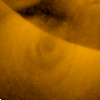
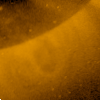

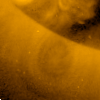
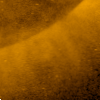
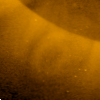
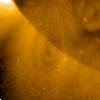
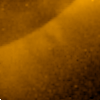
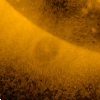
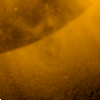
| (1) | (2) | (3) | (4) | (5) | (6) | (7) | (8) | (9) | (10) | (11) |
 |
 |
 |
 |
 |
 |
 |
 |
 |
 |
 |
Is there any way to figure this out?
| latitude (deg) | 0 | 30 | 60 | days taken for 1/4 rotation |
| (a) deg/day | 13.3407 | 12.6966 | 10.7214 | 8.4 days at 60 deg. |
| (b) deg/day | 13.4544 | 12.7044 | 11.2044 | 8.0 days at 60 deg. |
| (c) deg/day | 13.1988 | 13.1988 | 13.1988 | 6.8 days at all latitudes. |
| number & location | (1) SE | (2) SE | (3) SW | (4) SE | (5) SE | (6) SW | (7) SE | (8) SE | (9) SW | (10) SE | (11) SW |
| best-looked day on the limb | 2-Sep 19:00 | 6-Sep 20:00 | 20-Sep 23:00 | 30-Sep 19:00 | 8-Oct 11:00 | 20-Oct 18:20 | 3-Nov 03:30 | 10-Nov 23:20 | 14-Nov 07:40 | 5-Dec 01:05 | 21-Dec 03:40 |
| nearby CM passage | 11-Sep 05:00 | 15-Sep 06:00 | 12-Sep 13:00 | 08-Oct 05:00 | 16-Oct 21:00 | 12-Oct 08:20 | 11-Nov 13:30 | 19-Nov 09:00 | 5-Nov 21:40 | 13-Dec 11:00 | 12-Dec 17:40 |
CR1953
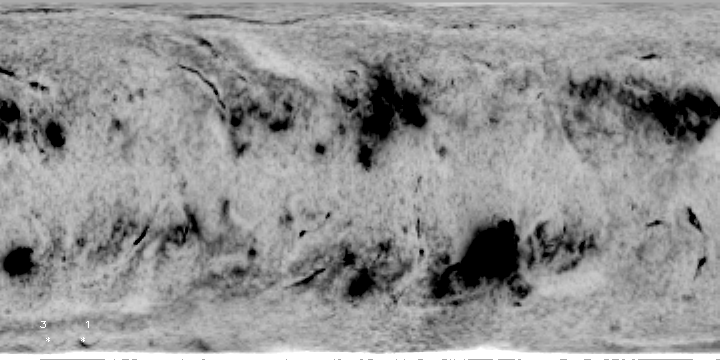
CR1954
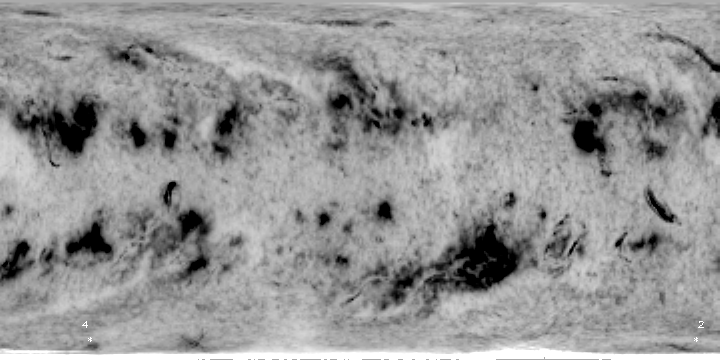
CR1955
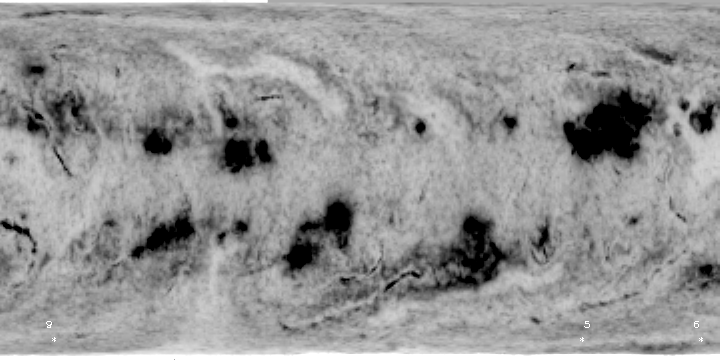
CR1956
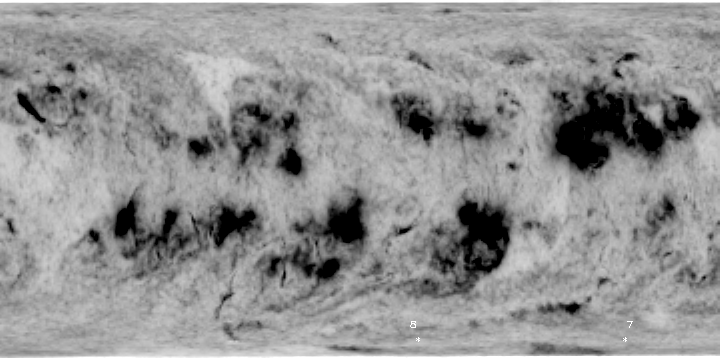
CR1957
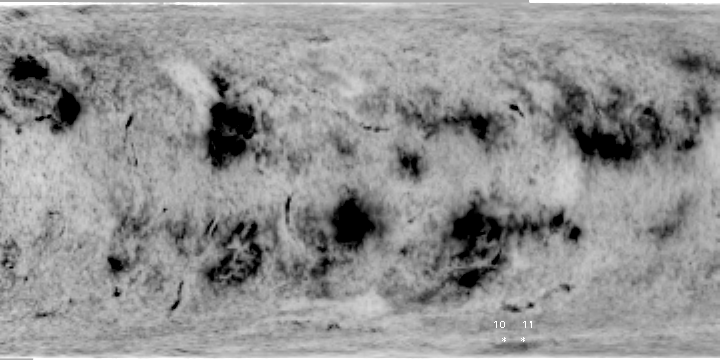
SXT intensity with KittPeak magnetic field synoptic map is here.